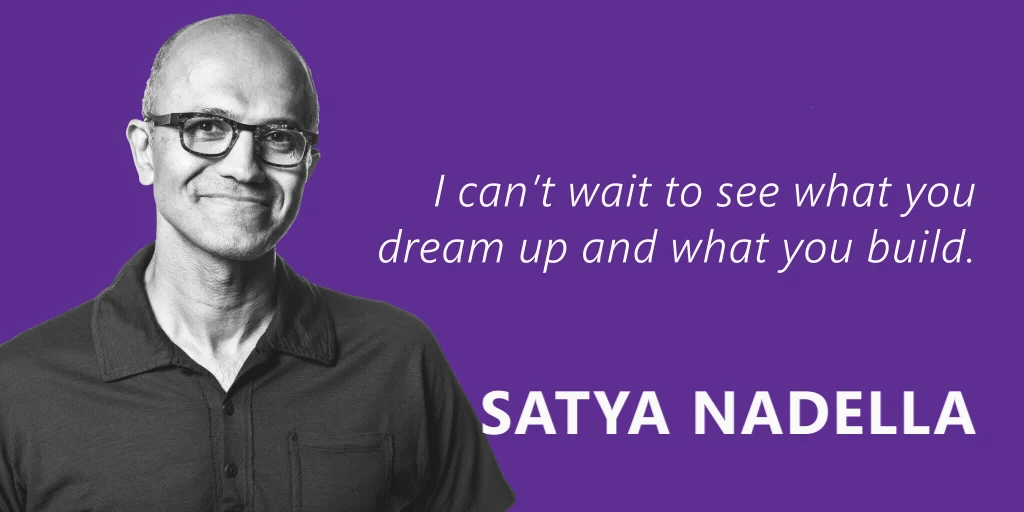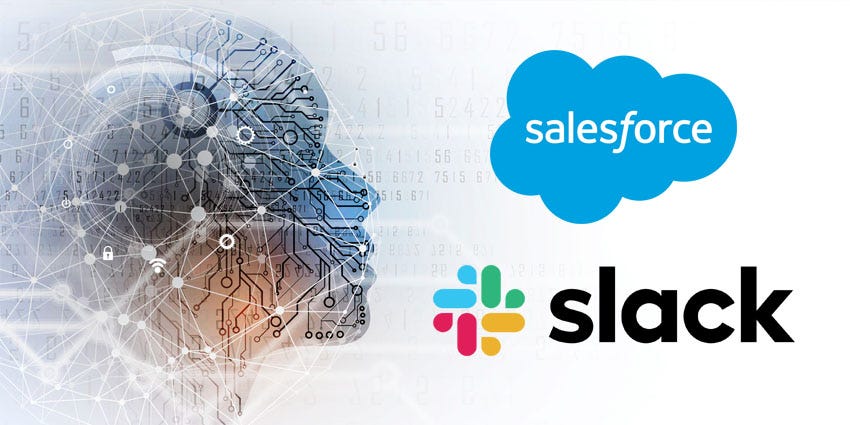
AI: Enterprise AI battles across entrenched software. RTZ #798
The battle for Enterprise AI customers in this AI Tech Wave is now in the ‘trench warfare’ stage.
The moves in this cycle are going beyond getting businesses and developers to slowly try the latest LLM AI products and tools and see if they’re of interest.
As I wrote about before with efforts by Microsoft, Salesforce, OpenAI, Google, Amazon, Nvidia, Meta, and many others, we’re now in the ‘hand-to hand’ phase over a trillion plus dollar transition in enterprise applications to be both enabled and potentially replaed by AI versions.
And yes, this will take years, and likely decades. But the ‘game is certainly afoot’, in earnest.
Now it’s about getting businesses to ‘switch’ from existing applications and services, the harder next step.
The Information lays out this state of play in “Microsoft’s Rivals Lean on AI to Pry Away Longtime Customers”:
“Artificial intelligence has suddenly made it cheaper and easier for companies to switch to new software providers, IT executives say.”
“Now large AI providers such as Amazon, Microsoft, Salesforce and Palantir are scrambling to win over each other’s customers, who might previously have felt they were locked into using old apps because of the difficulty of extricating vast quantities of data. To solve that problem, the tech providers are selling or giving away new AI that writes code to move corporate data from one application to another or to reprogram old apps in newer formats.”
This opportunity of course extends to the government, which represent another trillion plus in market opportunities over time.
“For instance, federal agencies such as the Department of Defense have recently been testing AI models from Microsoft and OpenAI that aim to extract data from a wide range of analytics applications operated by contractors like Palantir and Lockheed Martin, according to one person who was involved in the tests and another person who was part of the negotiations.”
“Government officials hope these tools will give them leverage to negotiate better contracts with their current providers by threatening to move agency data to competing analytics apps, such as Microsoft’s Power BI, one of the people said.”
In these early days of course, it’s not clear who the winners will be. The efforts are just getting started.
“It isn’t clear who will come out on top as enterprise app providers go after each other’s customers, but chief information officers say they’re already saving money as software switching costs fall. That’s especially true for older businesses that can use AI to move away from proprietary software sold by the likes of Microsoft or Salesforce in favor of open-source alternatives or competing apps.”
The core pitch is one used before, so many times:
“We’ve heard that software will eat the world, and now AI is eating software,” said Viral Tripathi, chief information officer of C1, a Bloomington, Minn.–based company that sells more than $1 billion a year of software for managing office technology such as phones, servers and security systems.”
“Tripathi said his company has been using ChatGPT and other tools to write code for moving its data out of Microsoft Dynamics, which helps salespeople keep track of leads and customers, as the company switches to newer sales apps that automate more tasks.”
Microsoft’s ‘tip of the arrow’ of course is Gemini, both in the enterprise and with downstream consumers. And others like Salesforce are also in the fray.
“He’s considering switching to Salesforce’s AI agent platform as well as similar tools offered by competing startups. He said C1 previously tried to develop an in-house alternative to Dynamics and Salesforce’s core customer relationship management app, but it wasn’t as good as the AI-infused tools Salesforce has since released.”
“Despite these threats, Microsoft has a plan of its own to use AI to snatch customers of competing sales apps.”
It’s about inducements with pricing bundles, and ways to transfer data across:
“Charles Lamanna, a Microsoft executive who oversees Dynamics and other back-office apps, said Microsoft is chasing customers that previously relied on sales apps from competitors like Salesforce but are now porting data to more rudimentary databases and using Microsoft tools to automate tasks such as generating emails. He declined to name the customers.”
“Our own belief is in the next two years, you’ll probably delete more code than you’ve written around business apps and processes.…Instead of 100 custom [apps], you’ll just have a generative AI interface” in which customers tell the AI exactly what they want to do, he said.”
I’ve already written about how Enterprise Data Integration is another major battlefront for AI applications, add-on and native.
Here’s Microsoft leaning into the battle with Salesforce over its data restrictions for applications:
“Lamanna said Microsoft also believes it can capitalize on customer backlash to Salesforce’s policy restricting Slack customers from retrieving messages and files through competing AI apps they use.”
“In the past, moving databases by hand would have taken months of work by human engineers, but AI tools have cut that time in half.”
And it’s indeed ‘hand to hand’ in the trenches:
“Even as Palantir tries to beat back potential AI threats, the company says AI features of its data analytics software means it can replace apps such as Microsoft’s Power BI or back-office software from ServiceNow and SAP.”
“In recent months, Palantir has promised potential customers significant savings from canceling contracts with competing firms, according to someone who has been involved in the pricing negotiations.”
Microsoft of course is everyone’s target:
“Ditching Windows Servers”
“Other enterprise firms are giving away code-writing AI for free to help customers move data away from competitors’ apps or software.”
“Thomson Reuters, for instance, said it saved 30% on the cost of employees’ desktop software after using a new free AI tool from Amazon to rewrite the code powering Windows computers to Linux, an open-source operating system. That way, Thomson Reuters can run employees’ computers in Amazon’s cloud without incurring the Microsoft licensing fees that had made the company less willing to move its products to the cloud.”
And AI software and tools themselves are helping to make these migrations faster, and cheaper than ever before in prior tech waves.
“In the past, moving the databases by hand would have taken months of work by human engineers, but the AI tools have cut that time in half, and the company expects to spend as much as 50% less to run the new SQL databases in the cloud, according to SonicWall Executive Vice President Denis Branco.”
“We’re a 30-plus-year-old company with a lot of legacy technology, and historically there’s always been a monthslong runway to modernize before you get to the other side,” Branco said.”
“With AI, it moves a lot faster.”
Potentially this AI transition sees migrations from one ecosystem to another occurring faster. And in larger sizes, sooner than in prior waves.
But it’s early days in this AI Tech Wave. Especially with many of the products still being invented and then re-invented.
So expect a lot of back and forth in the enterprise trenches for now. Just like in the real trenches. Stay tuned.
(NOTE: The discussions here are for information purposes only, and not meant as investment advice at any time. Thanks for joining us here)













